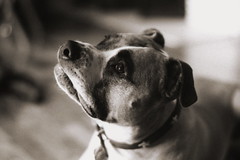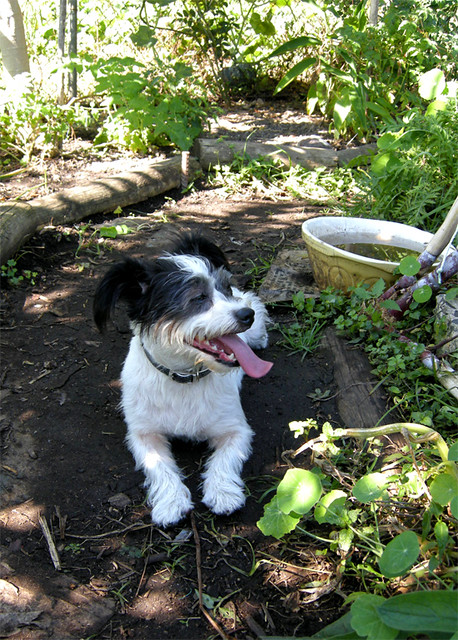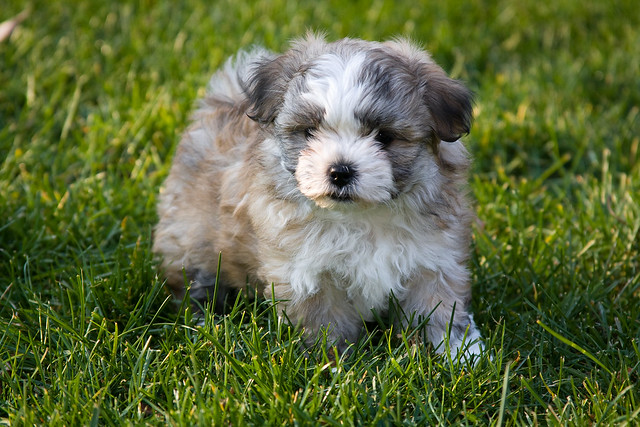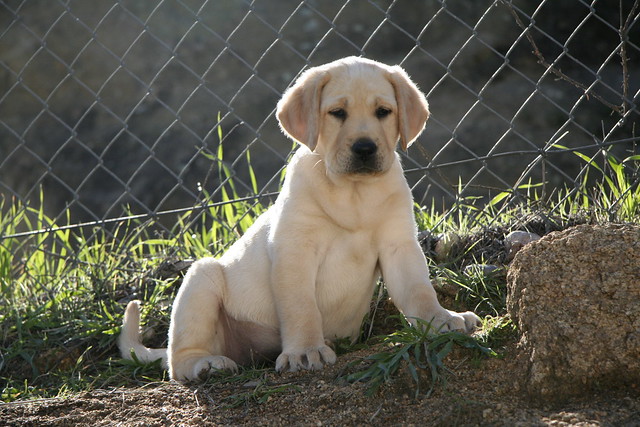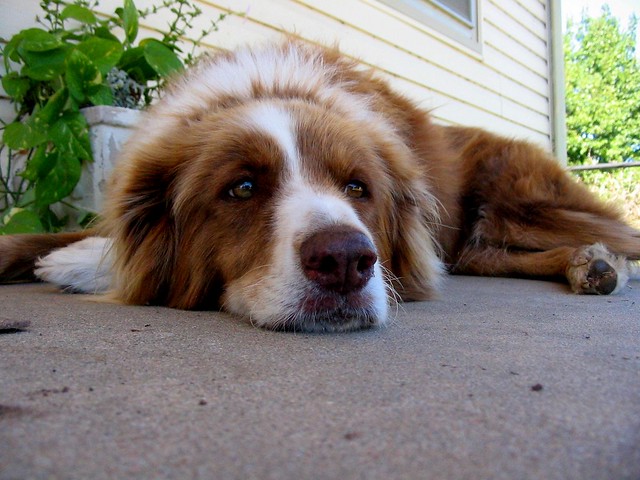Accidents happen, and dogs are renowned for managing to potty in the most inconvenient places. Simple Solution has developed a great solution to accident prevention. Doggy diapers are worn by your dog in order to catch accidents before they can reach your furniture, carpet, or floor.
 Simple Solutions offers different types of doggy diapers, targeting males who mark, both male and female untrained dogs, and even older dogs that may have disabilities. Of course, while the idea is a great one, it can also lead to a few problems.
Simple Solutions offers different types of doggy diapers, targeting males who mark, both male and female untrained dogs, and even older dogs that may have disabilities. Of course, while the idea is a great one, it can also lead to a few problems.
The first issue is application. The problem with a doggy diaper for a younger, untrained puppy is that it only covers up the problem. While it will save your carpet, it won’t help teach your dog good habits. They become accustomed to the idea of going wherever they want, so when the diaper comes off, they continue doing this.
The same effect also applies to dogs that are prone to marking. Continuing the use of a doggy diaper would only reinforce bad habits, which disrupts the training process.
Another problem lies in a younger dog’s curiosity. Not all dogs enjoy wearing things, and a doggy diaper might end up as a shredded mess. There is also the concern of actually getting a dog to put the diaper on. This may be problematic at first, but over time, most become adjusted to it.
On the other hand, the diapers offer the perfect solution for incontinent older dogs. As dogs age, they can become incontinent, often doing their potty wherever they are because they don’t even realize that they are going. Here, the doggy diaper would help keep your home safe and their bed clean. This will definitely be beneficial for you and your dog.
Of course, remember that you need to regularly change the diaper, which can become expensive. Averaging around thirteen dollars for disposable and seventeen dollars for washable, the best choice would be the washable diapers since you can use them again after washing. While it can be a little dirty, it can save you some extra cash in the long run.
Simple Solutions has developed the great idea of doggy diapers for your beloved pets. Just remember to use them wisely and not cover up a problem that needs to be addressed.
